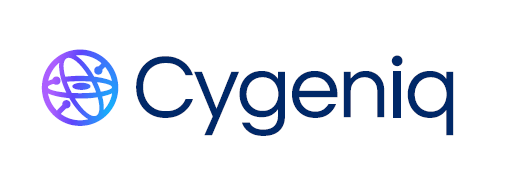


Risk Quotient is a consulting company. We work with many organizations on various types of projects. We have highly trained consultants who ensure that quality work is done as per the defined timelines.
Till a few years back we used a more traditional approach to Project Management. Before the start of a project, we created a Project Plan with:
Start Date
End Date
List of activities/deliverables
Responsibility
To provide good visibility of the project status to the client, we also sent weekly reports to all stakeholders.
This was a laborious task. One consultant may be working on multiple projects and one project may also have multiple consultants, it was very difficult to collate all the data required to create the report. Our practice was to send the weekly report every Friday. A good portion of the second half of Friday was lost to Weekly Report creation in PowerPoint.
There were mainly two problems with this Project Management process:
Execution of a project as per the Project Plan defined before the start, the project was never according to the plan. Many unforeseen challenges lead to deviations, thereby making it difficult to properly manage the project
The time spent on creating weekly reports could be put to better use
We discussed many solutions through Design Thinking workshops in our office over countless cups of coffee. Finally, we came to the conclusion that “Agile” is the way forward.
Agile is very popular in the software development industry. We have a list of “Tasks” in a project. Once the project is initiated, we create “Sprints” for two weeks each. We have a “Sprint Planning Call” with the client to discuss which tasks we need to include in the sprint. Once the tasks are finalized, we start the sprint. This process repeats until all the tasks in the project are completed.
This agile approach was more realistic and practical to us. Every two weeks, we discuss the status and challenges we are facing and take up tasks accordingly. It is flexible.
It would be difficult and time-consuming to manage this process on Excel, so we subscribed to Zoho Sprints. Now we could create Projects, Backlogs, Tasks, Epics, and Sprints easily.
This solved the first problem.
The second problem still existed.
The default report that Zoho gave was not in line with our expectations. So we had to collate data, take screenshots of graphs, and put it in a Google Slide which was then sent to the client.
It was at this point we realized Zoho Sprints provided APIs through which we can get data. This led to the birth of Sprinty.
Sprinty is a simple application we built using the DJango Framework. It uses the APIs provided by Zoho Sprints to get data and stores it in a PostgreSQL Database. We can then see three reports:
Shows the activities taken up in the sprints. Sent to clients after the Sprint Plan Call.
Shows the status of the sprint. Sent to clients every week.
Shows the status of the overall project. Sent to clients if requested.
Login to the application,
Click on the ‘Sync’ button to fetch all the data from Zoho Sprints
View and download the report once the sync is complete
This saves a ton of time for consultants.
We also have some internal PMO reports that help us understand various KRAs and workloads on our team members.
Sprinty has proven itself to be a big hit among the consultants and the PMO operations. So much so that we cannot remember a time where we made manual status reports!